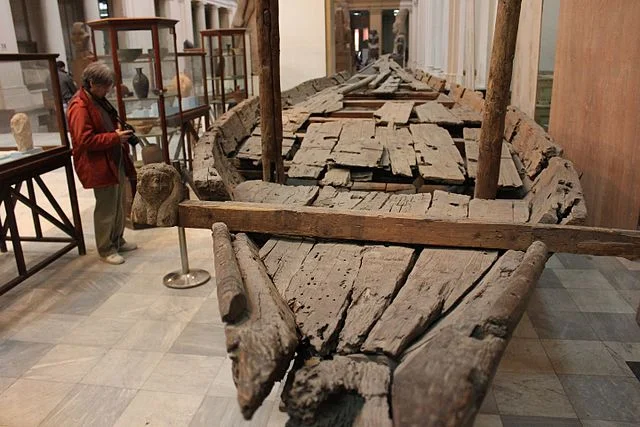The Dahshur boats are ancient Egyptian wooden boats discovered near the pyramids at Dahshur, south of Cairo. These boats date back to the 19th century BC, during the Middle Kingdom period of Egypt (around 2050–1710 BC). Dahshur, a royal necropolis, is most famous for its pyramids, but the discovery of these boats adds an essential layer to our understanding of Egyptian funerary practices.
Get your dose of History via Email
Discovery of the Dahshur Boats
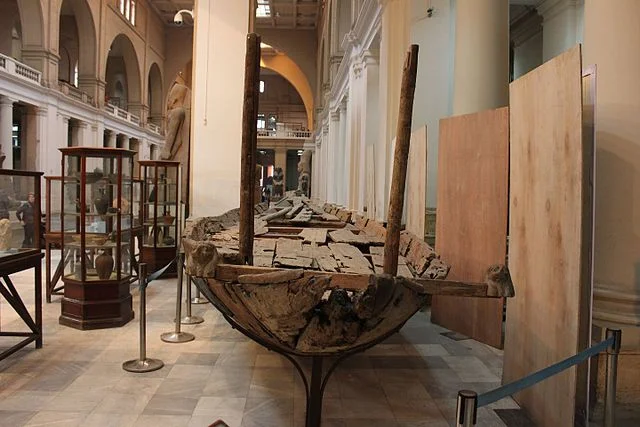
In 1894, French archaeologist Jacques de Morgan led excavations at Dahshur. He uncovered six boats buried near the pyramid of Senusret III, the powerful pharaoh who ruled Egypt from 1878 BC to 1839 BC. These boats were found in a near-perfect state of preservation due to their burial in the dry desert sands. Their discovery sheds light on the advanced boat-making techniques of ancient Egypt, as well as their use in religious and funerary contexts.
Function and Symbolism
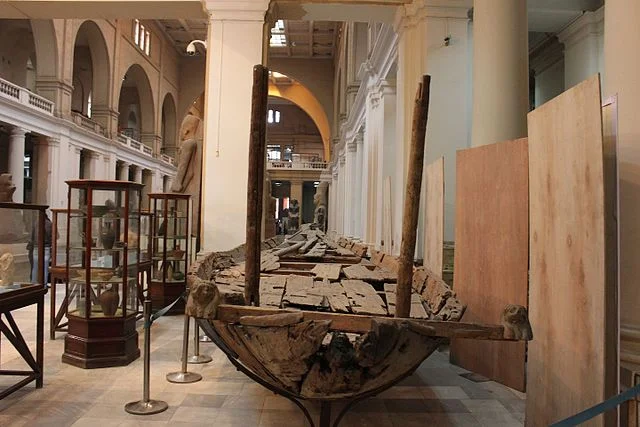
The Dahshur boats are believed to have been part of the burial rituals associated with the Pharaoh Senusret III. Boats played a significant role in Egyptian religion. They were considered necessary for transporting the soul of the deceased to the afterlife. Ancient Egyptians also believed that the sun god Ra traveled across the sky in a boat during the day and through the underworld at night.
These boats, measuring about 10 meters in length, were not designed for actual river navigation. Instead, they were symbolic vessels meant for the pharaoh’s journey to the afterlife. Placing them near the pyramid of Senusret III likely reinforced the connection between the pharaoh and the gods.
Construction of the Dahshur Boats
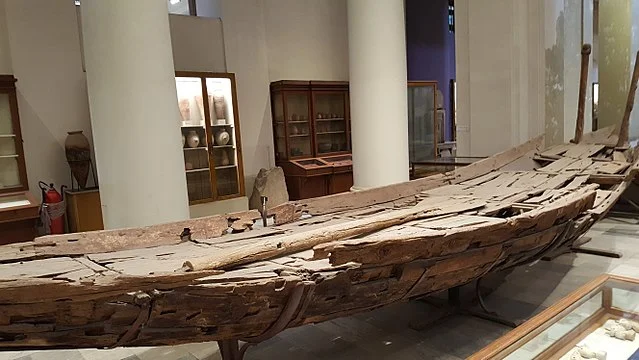
The boats were built from cedarwood, a material imported from Lebanon. This choice of material demonstrates Egypt’s extensive trade networks and the high value placed on the wood. The boat builders employed advanced woodworking techniques, including mortise-and-tenon joints, to assemble the planks of the boats. These methods highlight the skilled craftsmanship of the Middle Kingdom boat builders.
Interestingly, the Dahshur boats were built without the use of metal nails, relying entirely on wooden pegs and lashings to hold the structure together. This technique reduced the risk of damage to the wood and ensured that the boats remained sturdy. The hulls were also carefully shaped to allow the vessels to rest flat on the ground, further indicating their role as ritual items rather than functioning riverboats.
Importance in Egyptian Archaeology
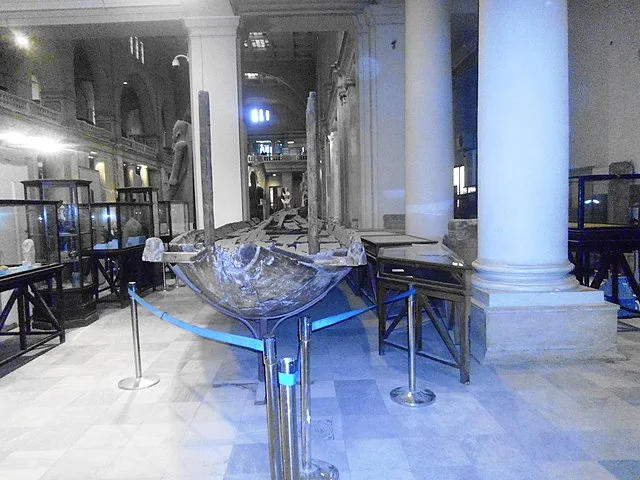
The Dahshur boats provide valuable insights into the funerary customs of ancient Egypt. Their discovery underscores the central role boats played in Egyptian mythology, where they symbolized passage to the afterlife. Additionally, the craftsmanship and use of imported materials show the technological sophistication and international reach of the Middle Kingdom.
The excavation of the boats has also contributed to the study of ancient Egyptian shipbuilding techniques. Similar boats have been found at other sites, such as the famous solar boat of Khufu, buried near the Great Pyramid of Giza. Together, these finds help archaeologists understand the evolution of boat construction in ancient Egypt.
Conclusion
The Dahshur boats are a remarkable example of the rich funerary traditions of ancient Egypt. Their construction and purpose illustrate both the religious beliefs and technological expertise of the Middle Kingdom. Today, they remain an important artifact in understanding the role of boats in Egyptian rituals and the craftsmanship of ancient boat builders.
Source:

